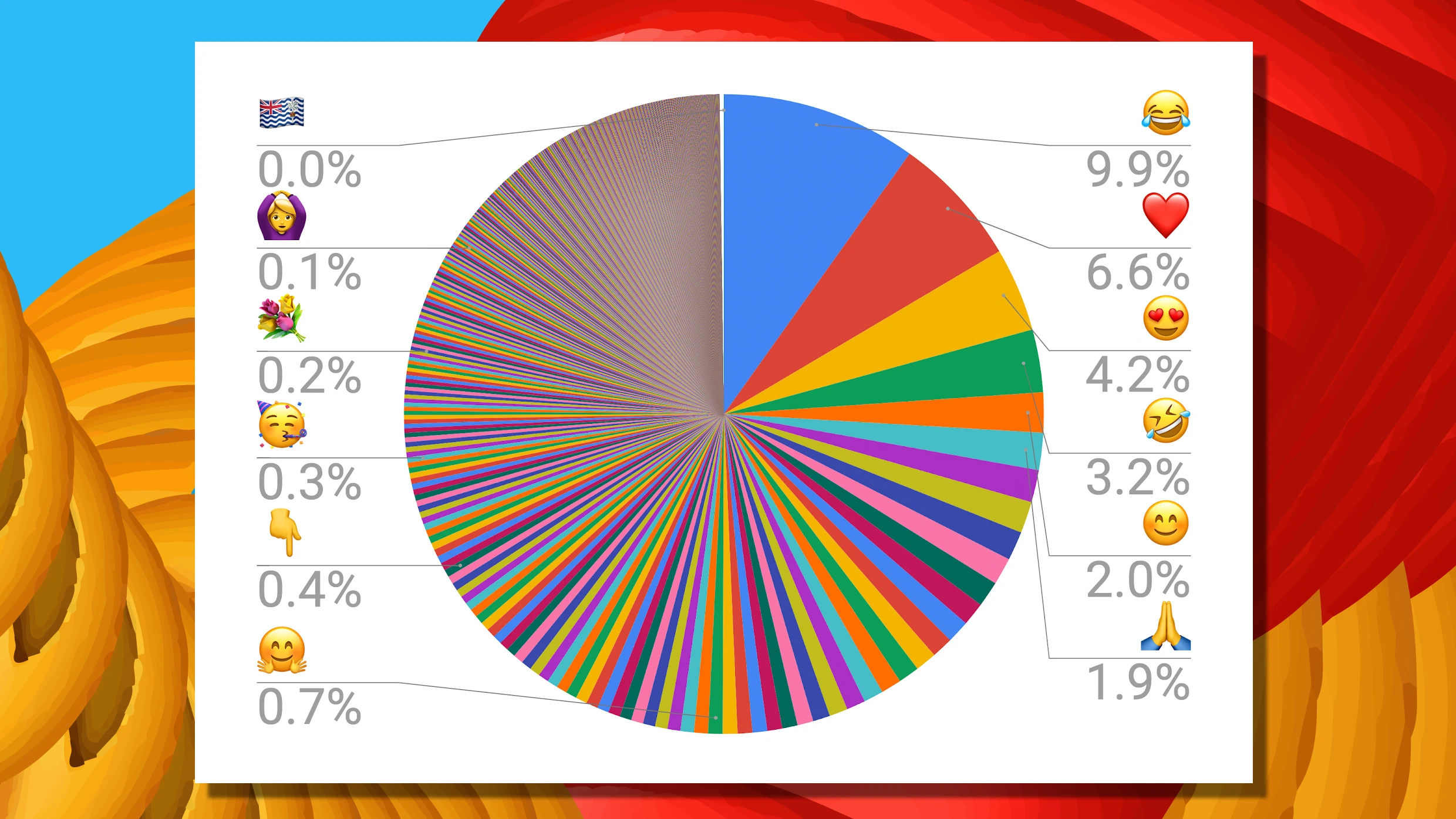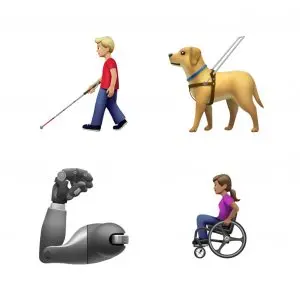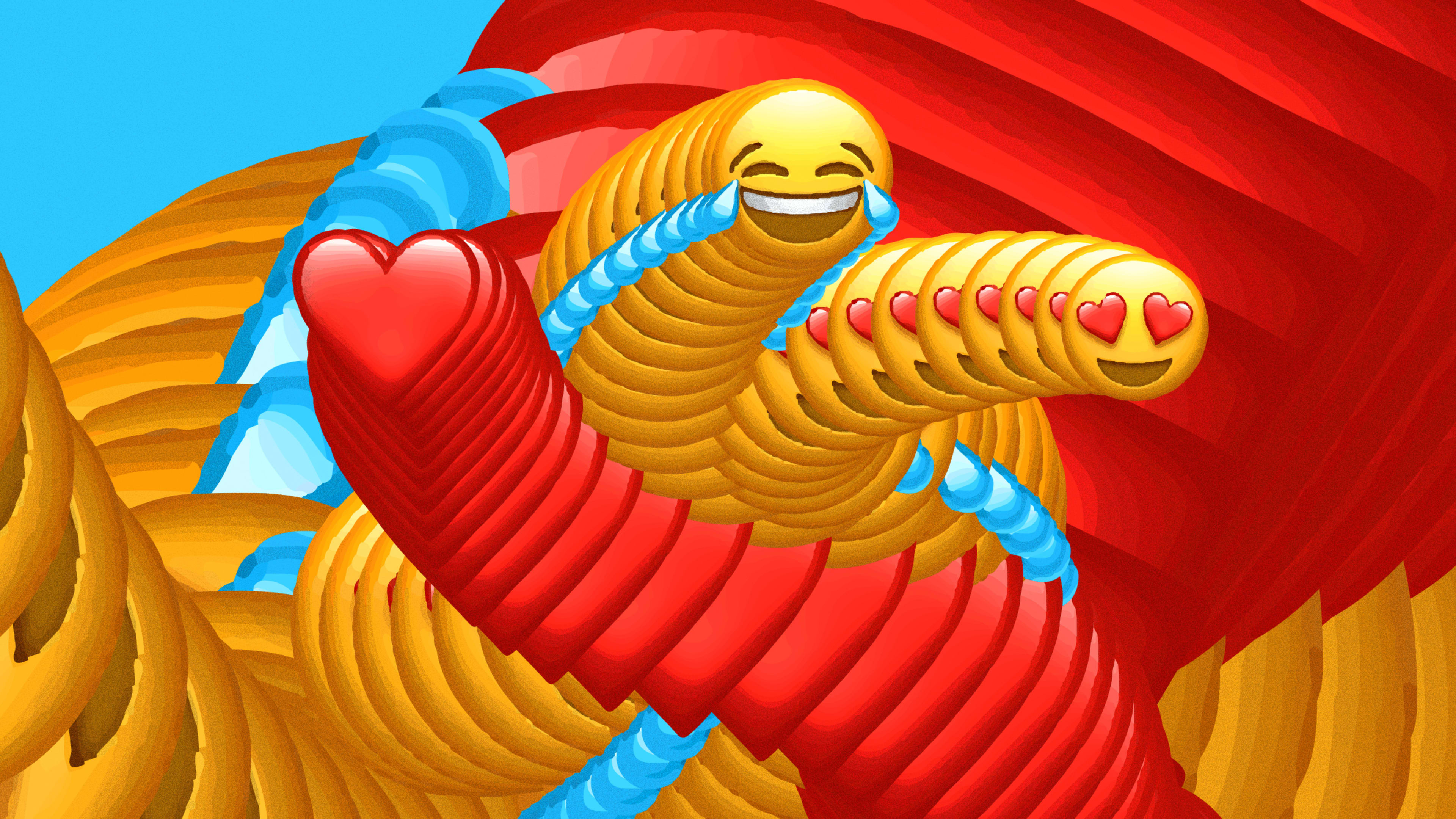Unicode Consortium is the standard bearer of emoji. The nonprofit organization maintains the Unicode Standard, the universal system for the numeric encoding of letters and characters so they can be understood across computer systems, which means it chooses and regulates the symbols that appear on your phone. This week, the organization revealed 168 new emoji as part of its version 12.1 release, including symbols for a wide array of new animals, food, and activities—like a parachute, for all of the times you do that (or maybe just to hint when you need to escape a sticky situation).
How exactly does Unicode Consortium choose which emoji to release next? The group fields proposals from independent groups as well as tech companies, like Apple, which led the effort to standardize more emoji around disabilities and inclusion. But along with its release of the new emoji this week, Unicode explained that it also considers user data as a key factor in the emoji selection process, including how people are using existing emoji.
The results may surprise you—or they may be the ultimate validation that you aren’t the only one using the flamenco dancer emoji.


The new release also includes 138 gender-neutral forms and 75 variations of the holding hands emoji—made possible through new combinations of skin tone and gender—and more emoji representative of disability, like a hearing aid, prosthetic arm, seeing-eye dog emoji, and more. The new emoji will be rolling out to mobile phones starting this fall.
While many of us are familiar with how we use emoji personally, quantitative data can provide clues about the emotions we all want to convey as humans but just don’t have the words for. Look back at your texts to see how you compare: Now that we know that the joy and heart emoji are the top two, maybe we can insert a little more of that into our lives offline, too.
Recognize your brand’s excellence by applying to this year’s Brands That Matter Awards before the early-rate deadline, May 3.
